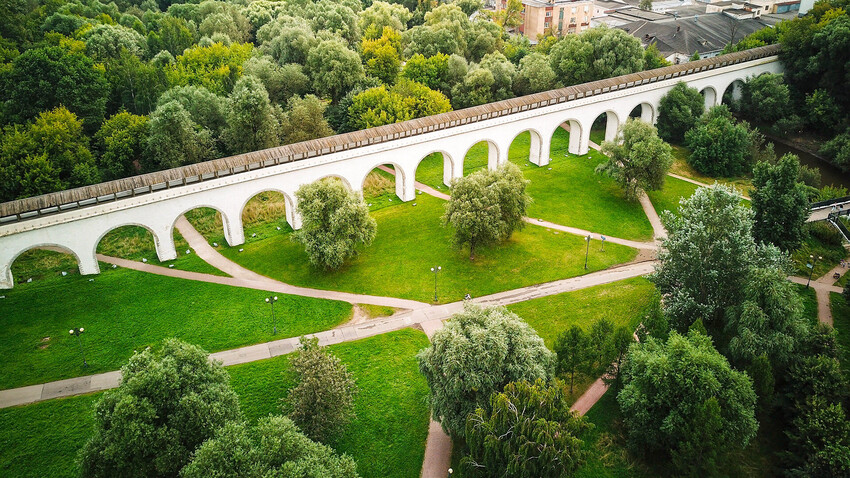
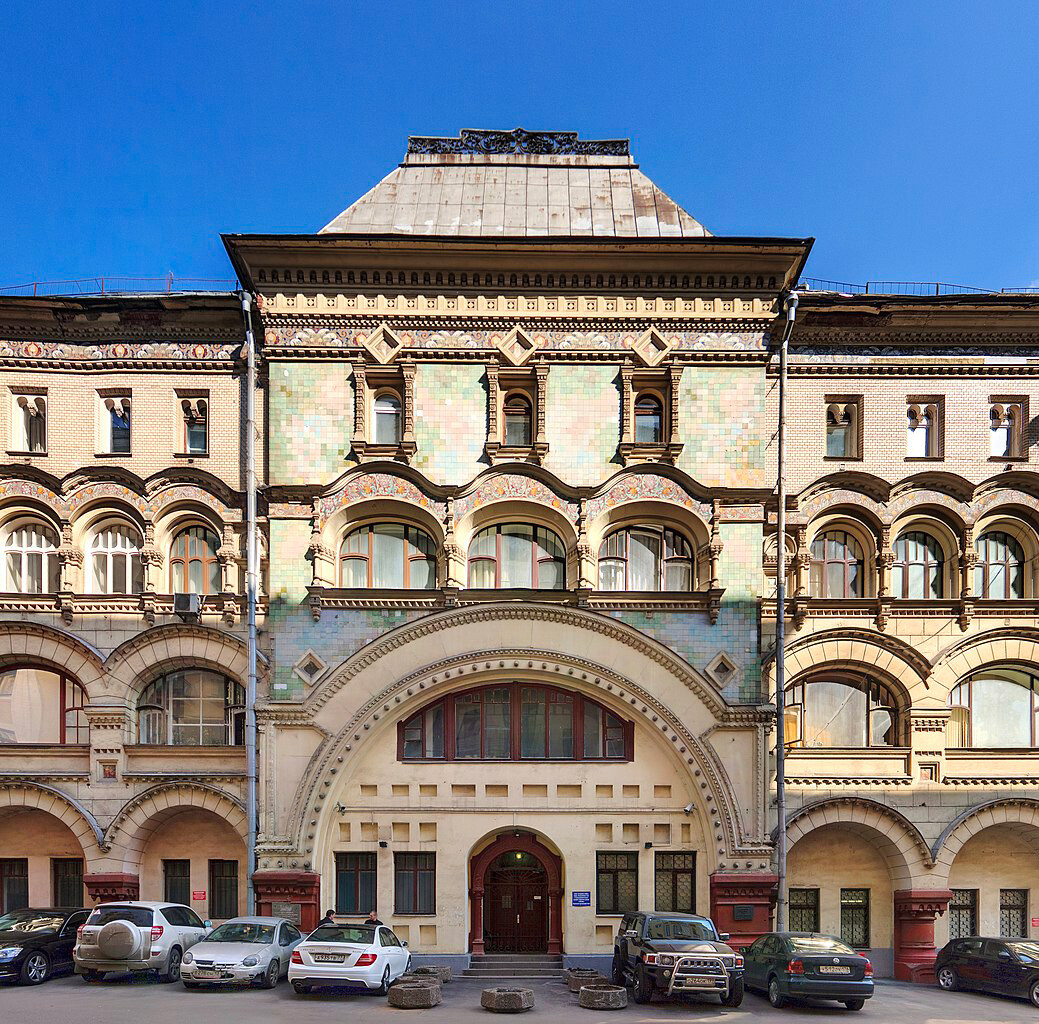
An amazingly beautiful building in Russian Art Nouveau style is hidden in plain sight - in the courtyard of a house on Tverskaya Street. It was erected at the beginning of the 20th century according to a design by Ivan Kuznetsov.
Faced with Abramtsevo ceramic tiles depicting firebirds and exotic fruits and flowers, it looks like an enormous terem-like fairy-tale palace. At one time, the podvorye - i.e. representative office - of the Savvino-Storozhevsky Monastery stood there. At thebeginning of the last century, the old buildings were demolished and replaced by the commercial rental block. At the time, it was the largest building in the area, but, in the late 1930s, it ended up being "hidden". During redevelopment of Moscow's main thoroughfare - Tverskaya Street - it was moved 50 meters back from the road and another building was put up in its place.

One of the most beautiful pavilions in VDNKh is devoted to the history and future of the space industry. It was built in the late 1930s according to a design by Viktor Andreyev, Nadezhda Bykova and Ivan Taranov. And after the Great Patriotic War, a hall with a majestic glass dome was added. In it, you can see over a hundred examples of space equipment and flight hardware, including a life-size model of the ‘Mir’ orbital station and an ‘N1’ launch vehicle, while in the 5D cinema, visitors can learn how,in different eras, mankind has dreamed of conquering the universe.
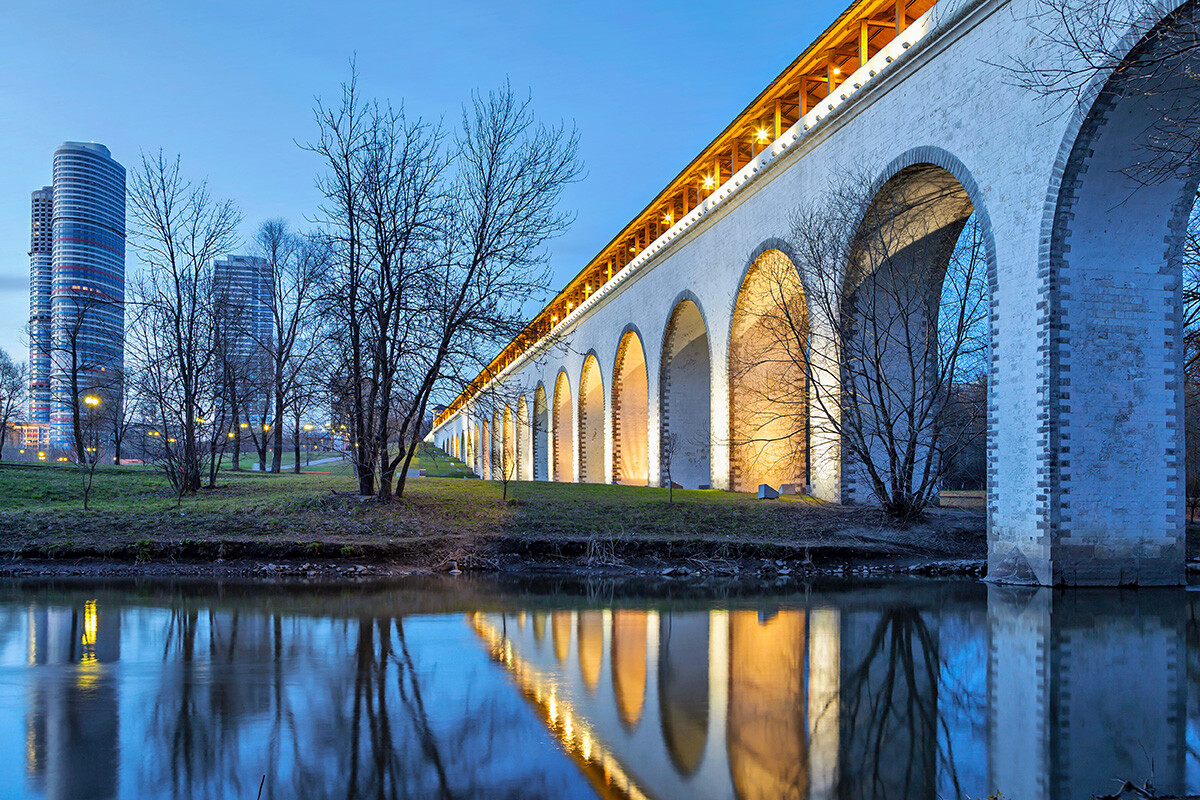
This picturesque 15-meter-high bridge used to be called the ‘Millionny Bridge’. And, with good reason! Under Catherine II, over a million rubles was spent on the construction of the Mytishchi Water Supply System, of which the bridge formed a part! Only the aqueduct of the water supply scheme has survived to this day, now surrounded by a picturesque park. It also lies on the pilgrim route to the Trinity Lavra of St. Sergius.
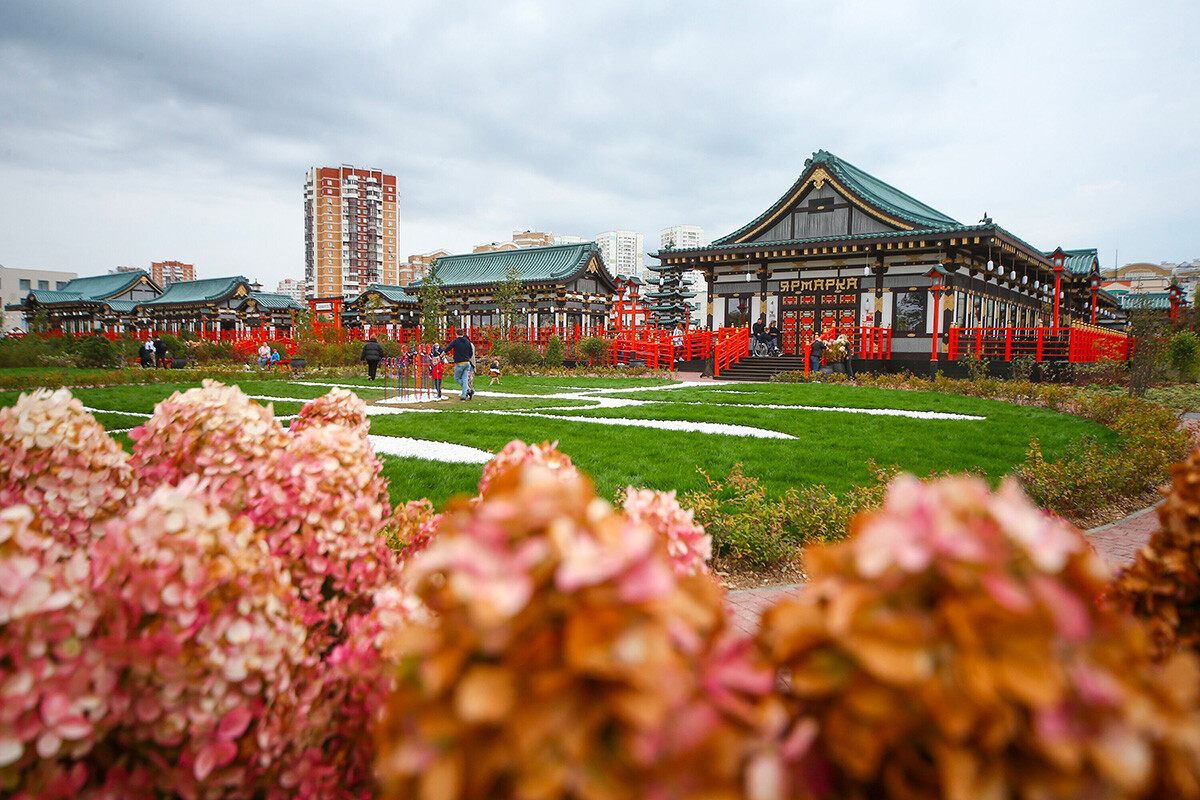
Traditional ‘minka’ houses, pagodas, lions and a samurai on horseback. Where's this - Tokyo? Well, no, it's Kurkino! A Japanese-style park, as well as a market where you can have a snack and buy farm produce, opened in this Moscow neighborhood a few years ago. Even if you don't have shopping in mind, it's worth stopping by the pavilions to look at the neat bonsai trees and cheerful ‘maneki-neko’ cats waving their paws from the stalls for good luck.
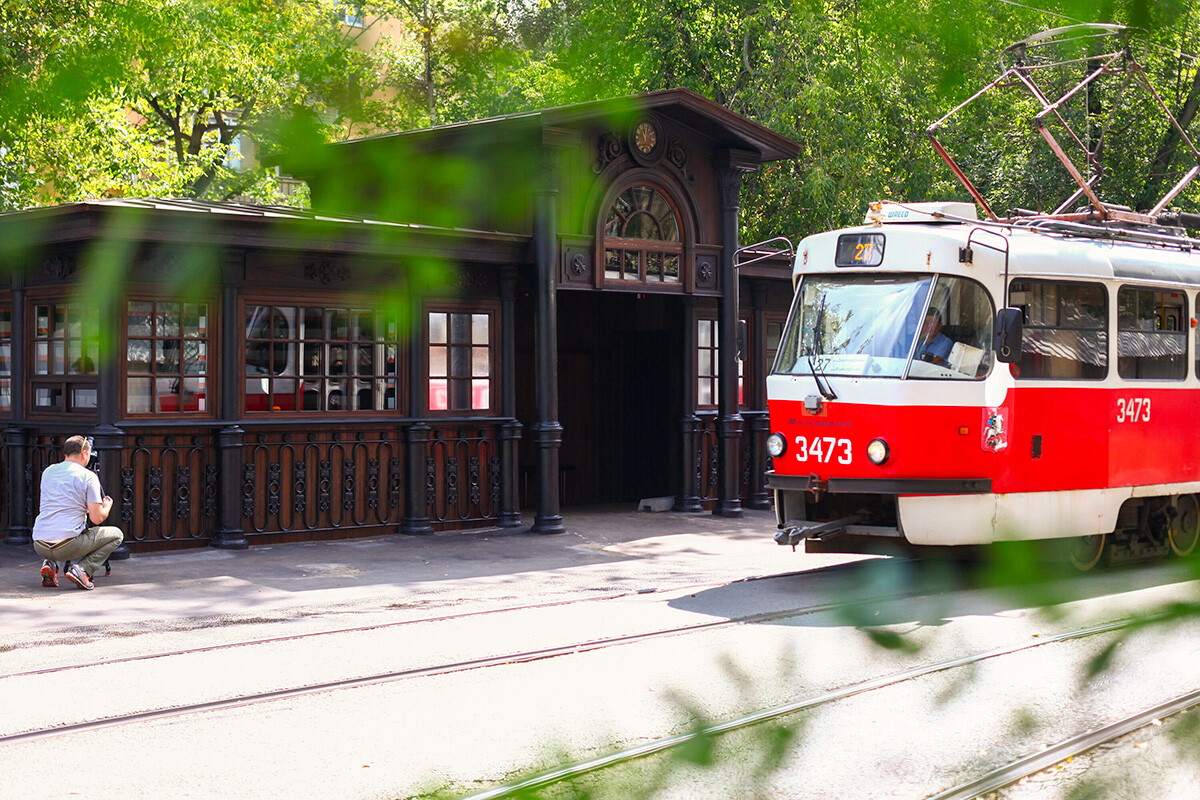
In the late 19th century, a steam tram operated from Butyrskaya Zastava to the Petrovskaya Agricultural Academy. Passengers waited for their tram in neat pavilions designed by architect Franz Kognovitsky. One of them has survived to this day - the tram stop at Krasnostudenchesky Proyezd is regarded as the oldest in Moscow. It was restored a few years ago - as you wait for your tram, you can admire its design or have a coffee at the tiny on-site coffee bar.
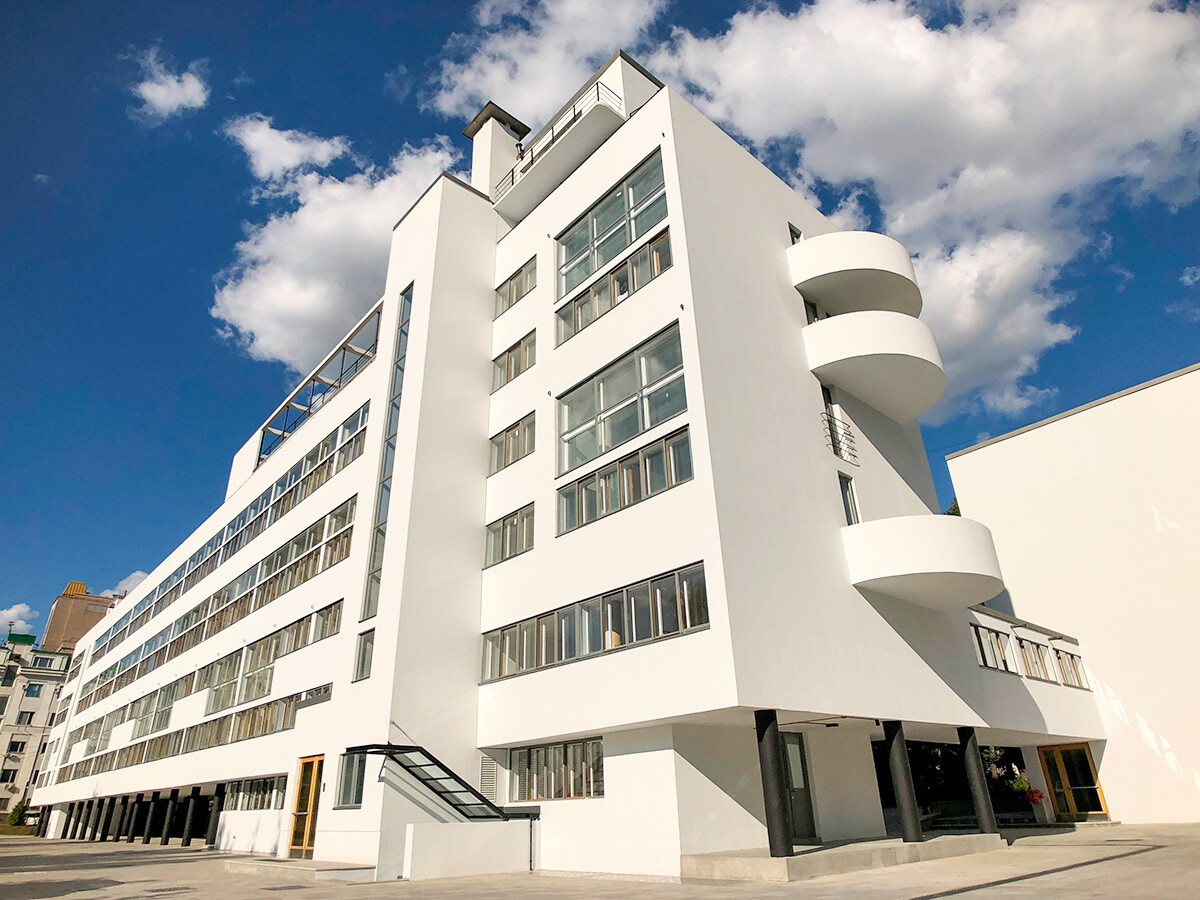
A building that embodies a dream and an experiment. This unique Constructivist project designed by Moisei Ginzburg, Ignaty Milinis and Sergei Prokhorov in the late 1920s was conceived as an apartment block for the ‘New Soviet Man’, whom nothing must distract from building a bright future. Apart from duplex apartment "cells" on two levels, the designs for the building, which was reserved for employees of the People's Commissariat for Finance (Narkomfin), also included separate premises housing canteens, a kindergarten, a laundry room and a garage. The ‘Narkomfin’ building was restored in 2020 and, today, it is a residential block and, at the same time, a monument to dreams of the communal living of the future. Tours of the building are available and the Garage Museum of Contemporary Art has an exhibition space there.
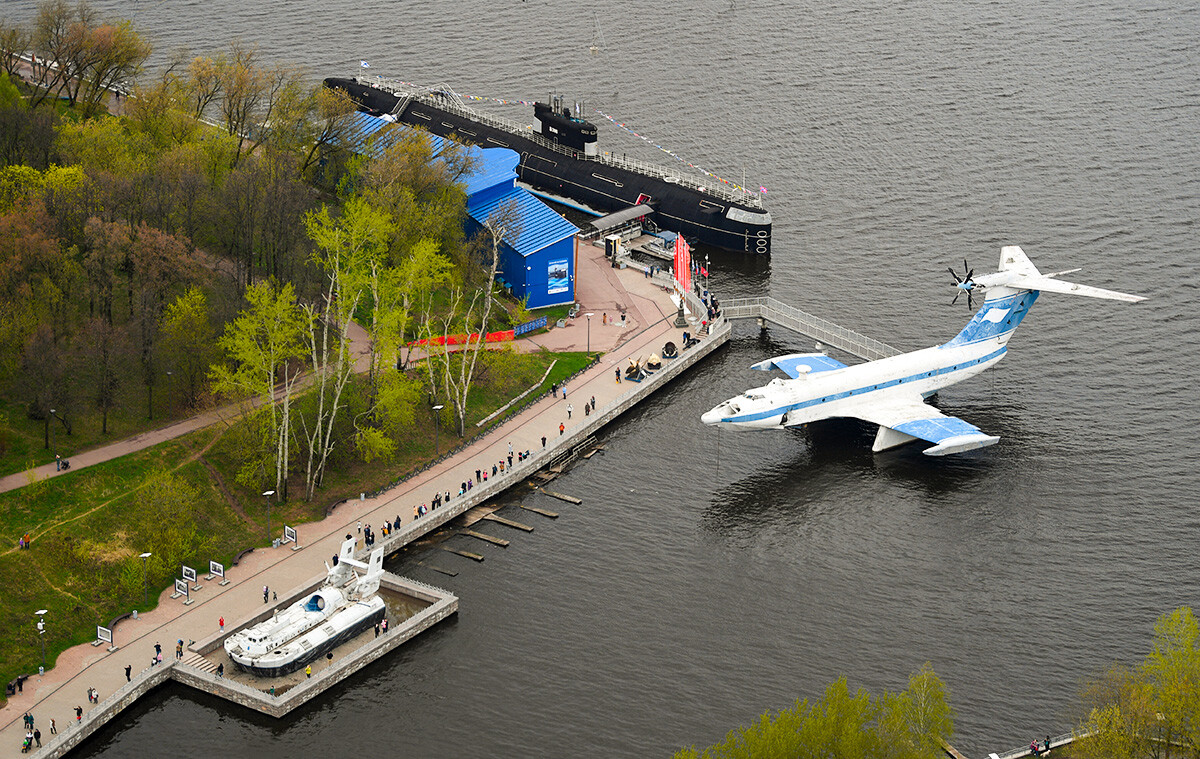
One of the most unusual objects at the Khimki reservoir is a B-396 diesel-electric submarine. In the 1980s-1990s, it was part of the Northern Fleet and patrolled the borders in the Barents Sea. After it was decommissioned, it was presented to the Navy Museum and it's been at the Severnoye Tushino Park for 20 years now. Visitors are welcome.
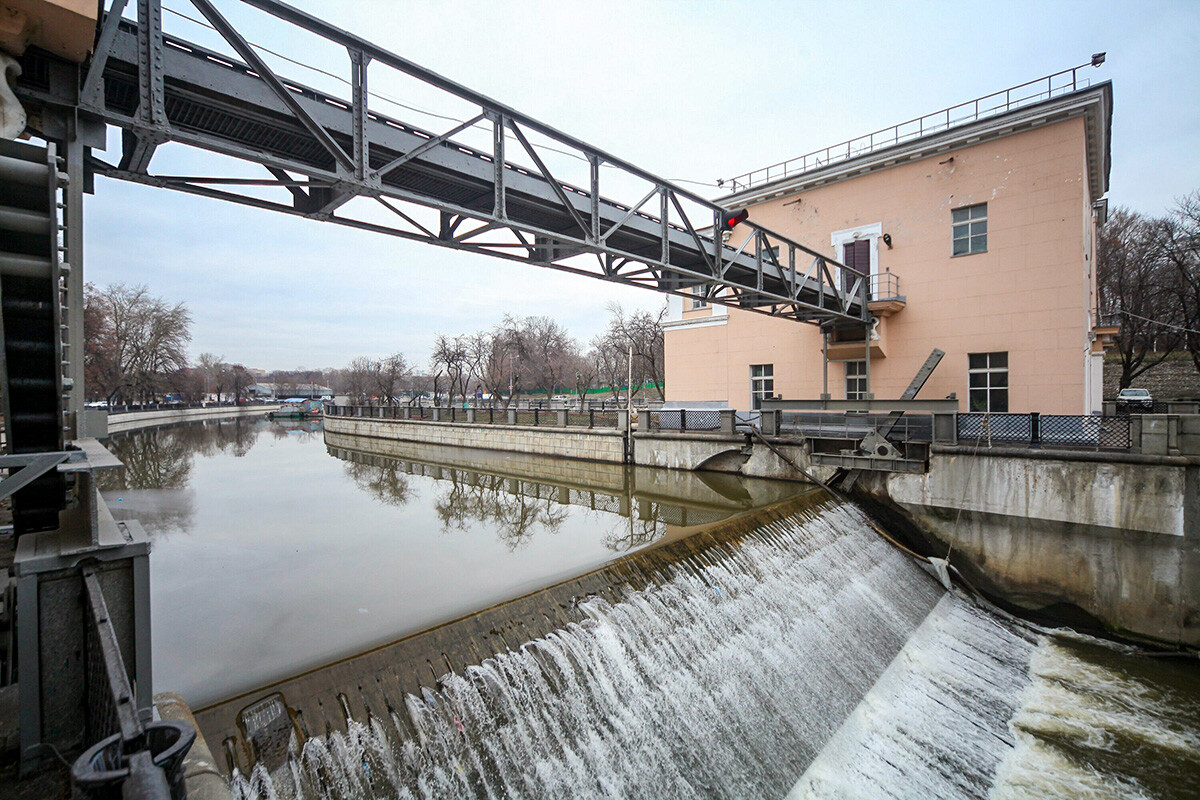
Where did this Mediterranean villa in Moscow come from? Or is it a Greek temple? On the other hand, if you look closely, they are not caryatids and deities, but figures of workers. You're not seeing things - it's what the buildings of the Syromyatnichesky hydroelectric scheme, built according to designs by Georgy Goltz, look like. There was a plan in the 1930s to make the River Yauza navigable and, to this end, a network of locks was to be built, in order to link it with the River Likhoborka and the Khimki reservoir. The idea was eventually dropped, but one lock had already been built. The hydroelectric scheme is surrounded by an apple orchard - the small park lies hidden, not far from the ‘Artplay’ design center.
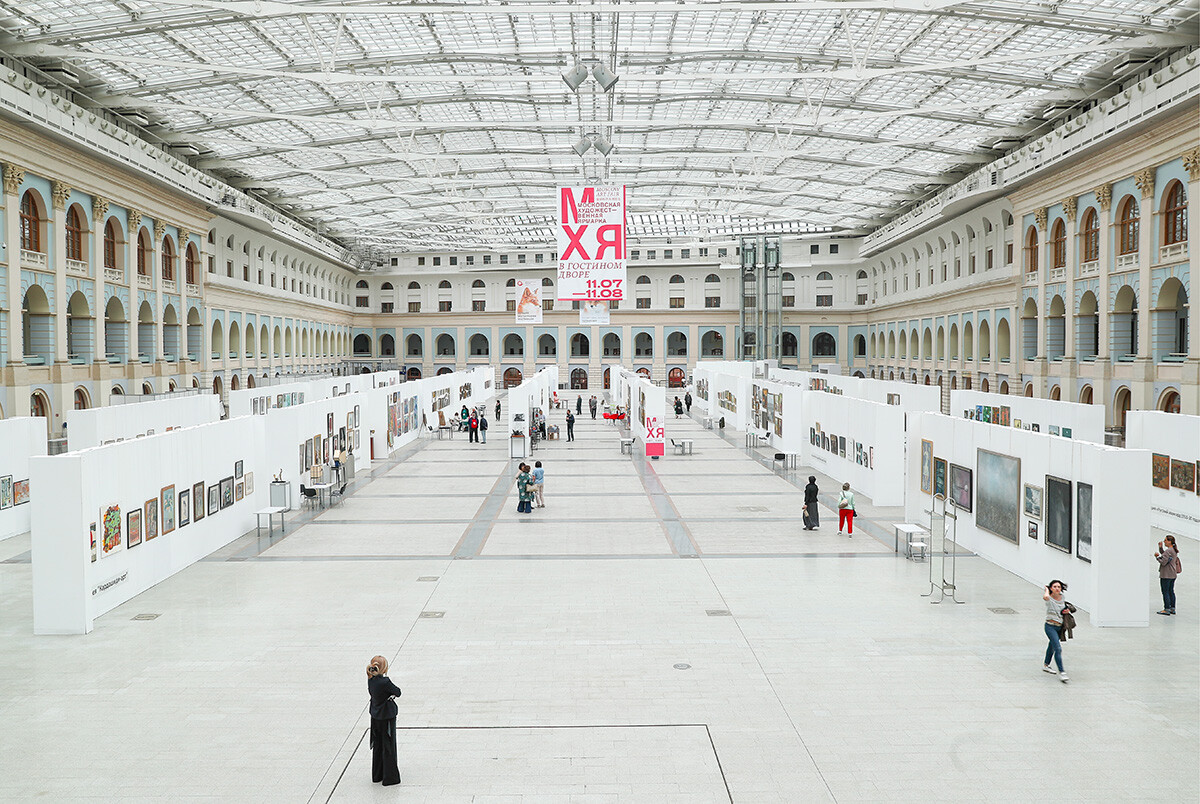
Near the Moscow Kremlin stands the imposing ‘Gostiny Dvor’ (‘Merchant Court’) building - trading has taken place there since the 16th century. It was rebuilt several times according to designs by renowned architects Giacomo Quarenghi and Osip Bove and,in the early 19th century, it was partly redesigned in Classical style by Karl Gippius. It's worth going inside to take in the extraordinary atmosphere: The impressive space is covered by a glass dome that lets in loads of sunlight. You might even get the feeling that you're no longer in Moscow, but rather somewhere like the ‘Grand Palais’ in Paris. Or in an enormous ballroom just as the guests are about to arrive!
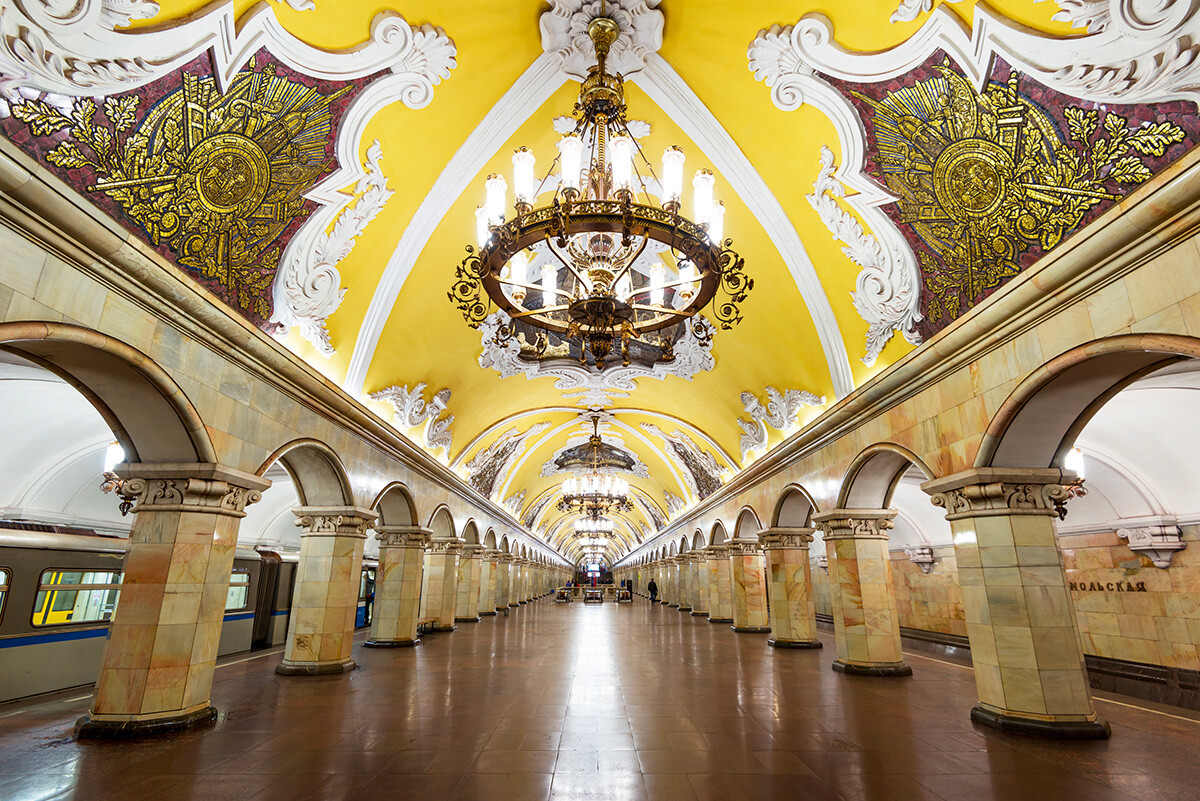
This station is regarded as one of the "gateways" to Moscow - it is located under a square that has three overground railway terminals. In addition, it is the most "ornate" station in the capital's subway network. The lavish decoration is dedicated to victory in the Great Patriotic War. It has mosaics by Pavel Korin depicting Alexander Nevsky, Dmitry Donskoy, Mikhail Kutuzov, Alexander Suvorov, Kuzma Minin and Dmitry Pozharsky, as well as Soviet troops at the Reichstag building. Marble, granite, a multitude of bronze ceiling lamps and columns - it all adds up to an atmosphere of triumphant grandeur.
Dear readers,
Our website and social media accounts are under threat of being restricted or banned, due to the current circumstances. So, to keep up with our latest content, simply do the following:
If using any of Russia Beyond's content, partly or in full, always provide an active hyperlink to the original material.
Subscribe
to our newsletter!
Get the week's best stories straight to your inbox